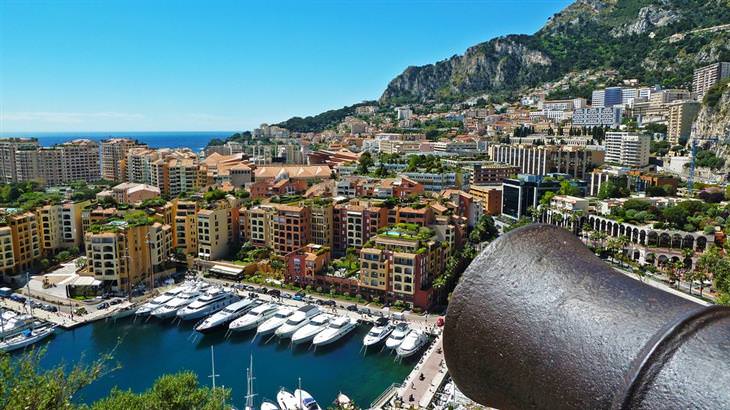
Monaco, on the French Riviera, is indeed one of the smallest countries in the world, but that doesn’t mean that there isn't plenty to see. This small piece of land had been ruled by the Grimaldi family since the 13th Century, although it was occupied by the French, Germans, and Italians at different points in its history.
Today the city-state is famous for its casinos, the most glamorous Formula 1 race in the World Championship calendar, fascinating history and romantic atmosphere, and therefore offers many options for everyone. The nearest airport to Monaco is in Nice, France, and the ride there takes a total of 20-30 minutes by bus, train or taxi. Here are 10 of Monaco's most highly-recommended attractions:
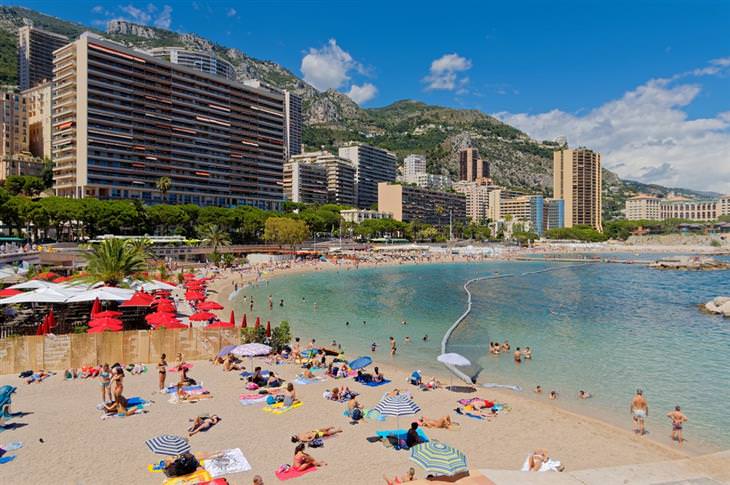
The man-made Larvotto beach is Monaco's only sandy public beach. However, the beach is still considered one of the most prestigious in the world and it is almost always possible to see famous celebrities and people with a great deal of money, laying out and catching some sun here. Some of the beach areas have free entry for visitors, while others are paid, and although there are those who sunbathe on this beach in the nude, it's still considered suitable for families.
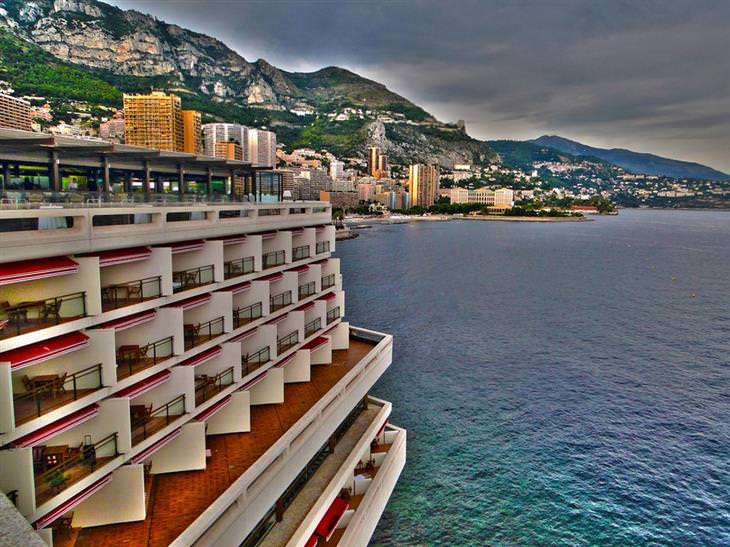
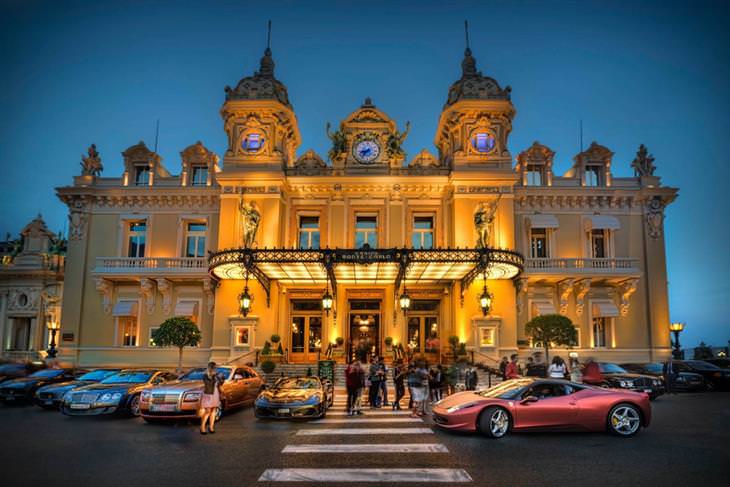
After a bit of seawater, you can visit the Monte Carlo Casino, built in the 19th century to save the Grimaldi family from bankruptcy. At that time Monaco would not have invited so many tourists, but the casino brought in a host of visitors, which made it develop into a tourist city. This casino has a formal dress code and a substantial entrance fee, and it is important that you come with your passport, because it requires identification to be provided at the entrance to prevent local people from gambling.
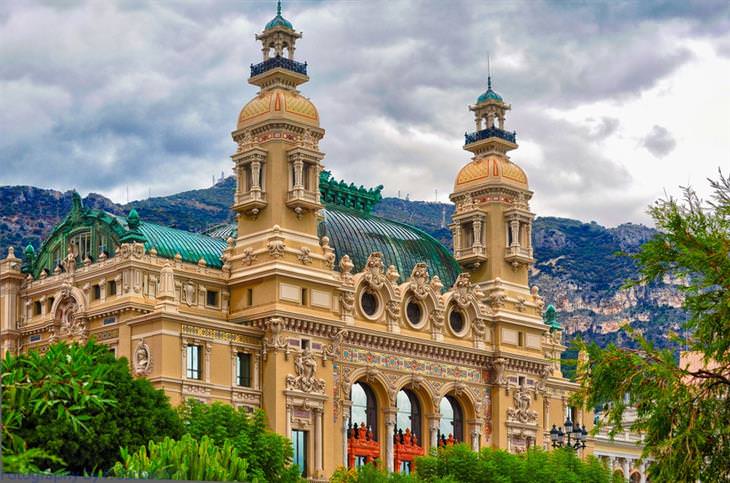
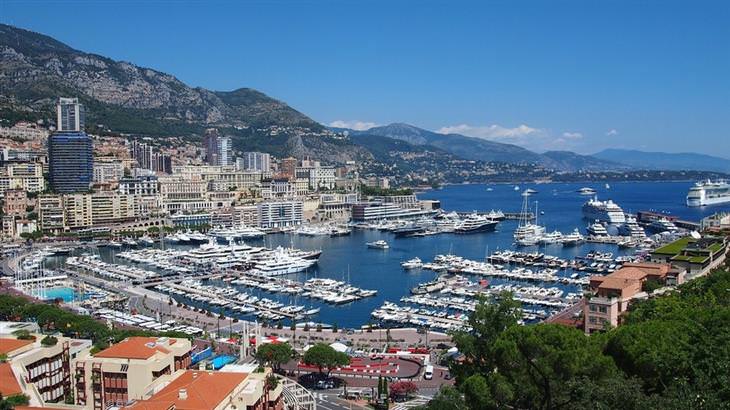
Whether you choose to spend an hour or two in a casino or chose to skip it entirely, you should definitely visit the harbor of Monte Carlo, where you can see more than a thousand luxury yachts, including the royal vessel belonging to the Prince of Monaco. There are a number of seaside cafes here where you can relax in front of the stunning views of the French Riviera.
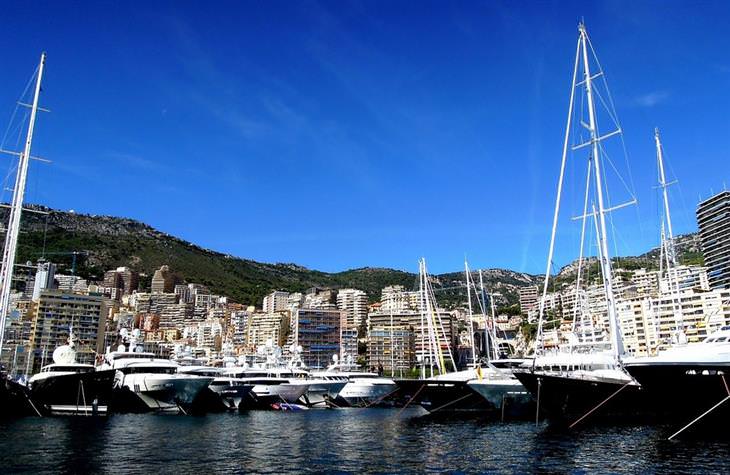
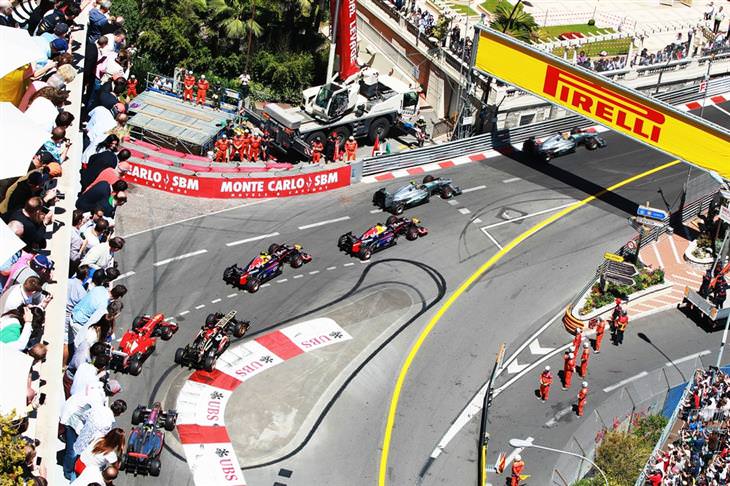
If you are a fan of cars, you won’t want to miss the Grand Prix in Monaco, which is considered one of the most prestigious car races in the world. Due to the fact that the streets of Monaco are narrow and sharply oriented, the route of the race is particularly challenging. To watch this race, you need to get to Monaco throughout May.
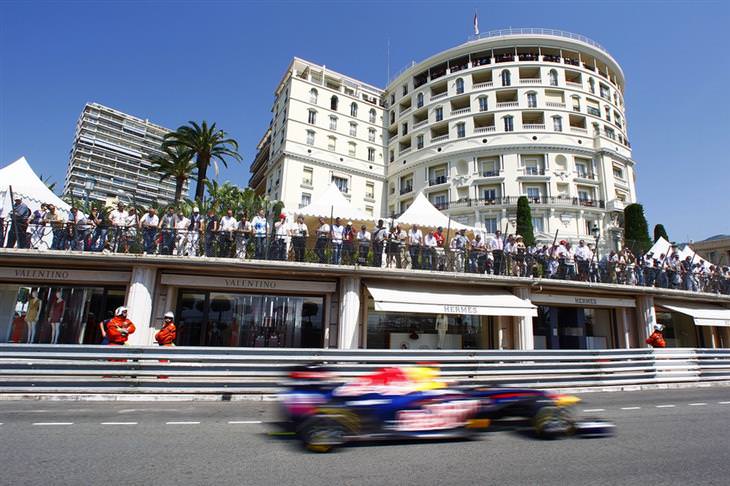
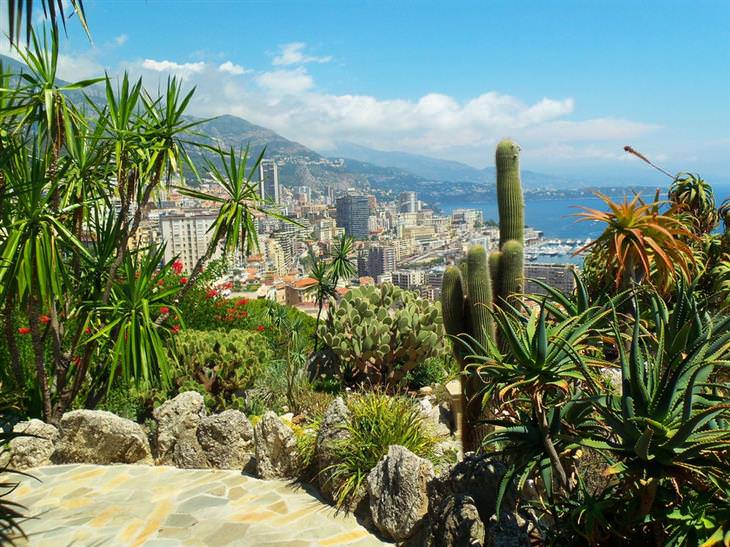
From an attraction recommended to car enthusiasts, we move to a recommended destination for horticultural enthusiasts. This exotic botanical garden, built on a high cliff, contains more than 1,000 succulent plants, most of the cacti. Some of the plants are more than 100 years old, and at the bottom of the cliff, you can find an underground cave where you can take a guided tour. The exotic garden is also the home of the prehistoric anthropology museum of Monaco since the remains of a prehistoric man were discovered on the site, so you can also visit it when you are finished taking in the variety of plants. Before you leave, take out your camera and take a panoramic picture of the cliff, as this is the best view of all of Monaco.
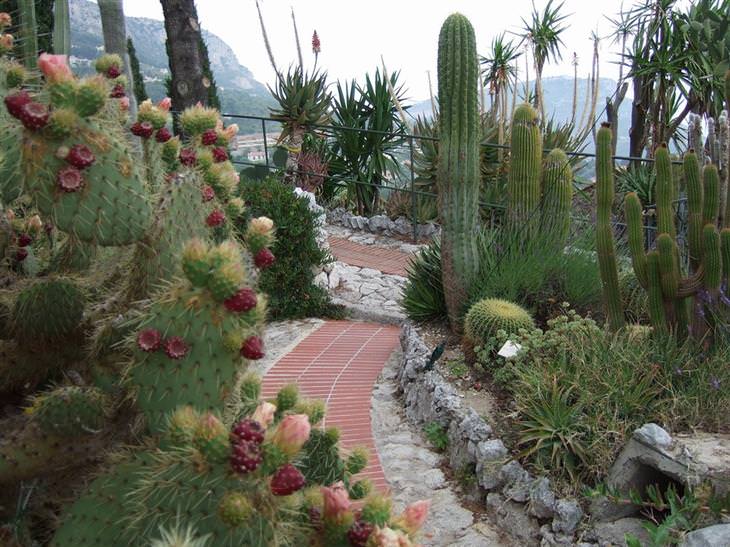
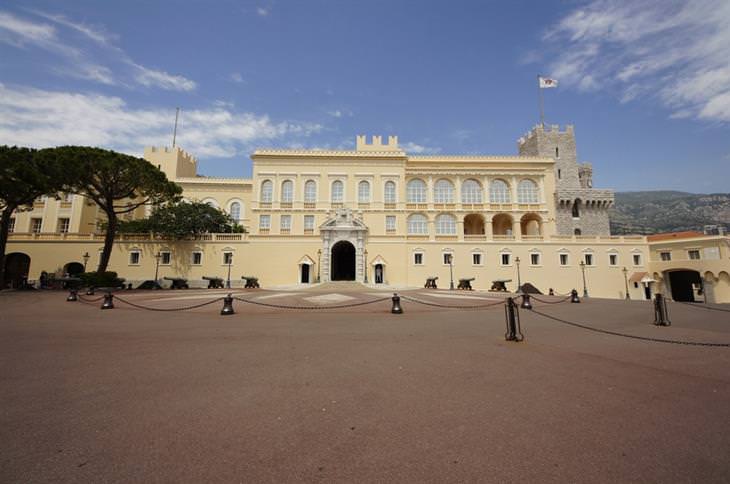
After taking a picture of Monaco in its entirety, head to Monaco Palace, the official home of Prince Albert II. In the 12th century, when the building was erected, the palace was no more than a fortress that with time eroded and became neglected. Prince Rainier was responsible for its restoration, and today the palace is open to the public between June and October. When you are inside the palace you’ll find a huge courtyard with about 3 million pebbles creating different geometric shapes, and inside the palace itself, you’ll be impressed by many murals. Every day at 11:55 you can see the Changing of the Guard at the main entrance of the palace.
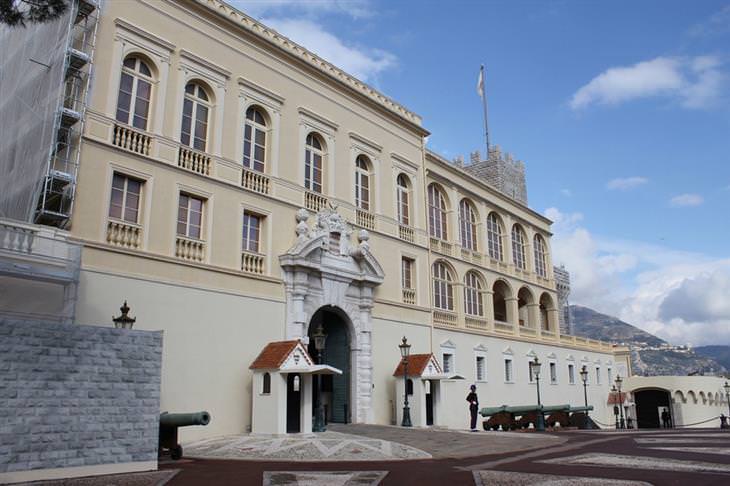
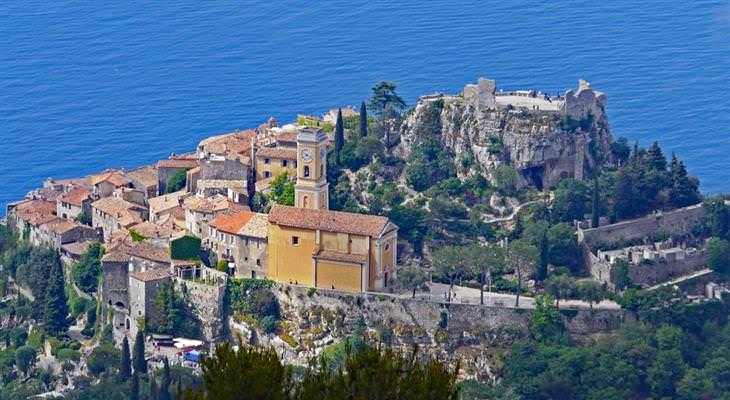
Monaco Ville is also known as the "Le Rocher" and offers visitors the opportunity to wander around the oldest neighborhood in the small city-state. This historical neighborhood was built on a cliff facing the Mediterranean, and it is believed that it was founded by Greek settlers in the 6th century BC. In the 13th century, the founders of Monaco, the Grimaldi family, established a fortress in the area that served as their main headquarters, and today, there are narrow streets and passages in Monaco Ville that still provide a medieval atmosphere.
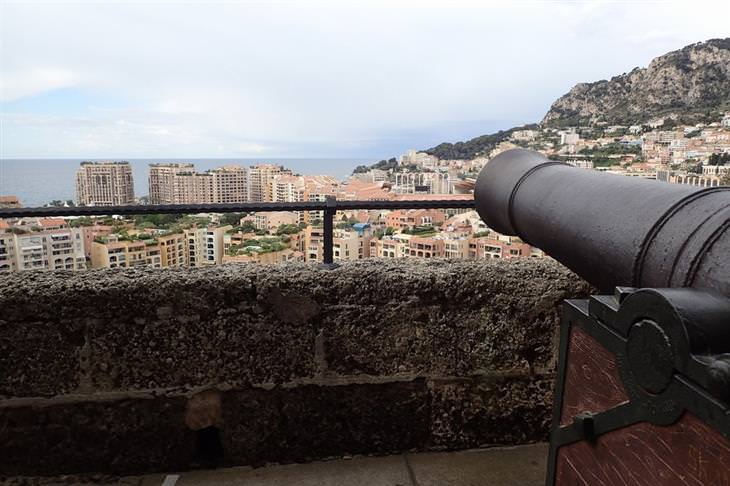
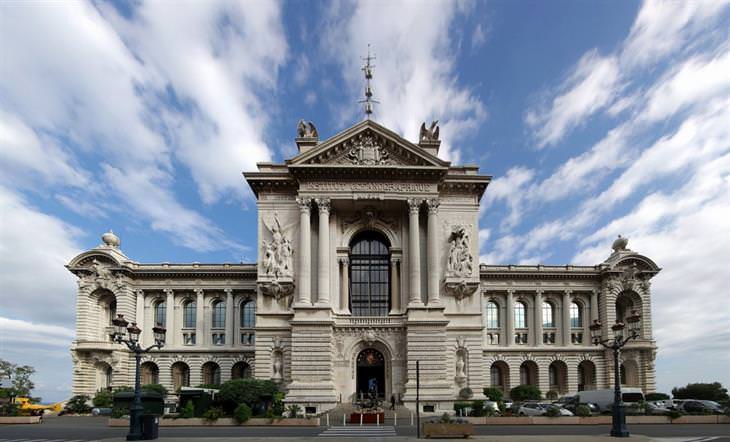
The Museum of Oceanography in Monaco is devoted entirely to the study of the sea and is located in a building built in the Baroque style overlooking the Mediterranean Sea. The museum itself was founded in 1910 by renowned Sea Explorer Jacques Cousteau, who also served as its director for over 3 decades. Today it is home to many sea creatures, such as sharks, sea turtles, and mollusks, as well as various models of vessels and skeletons of marine creatures. In the basement of the museum, there is an aquarium where 4,000 different species of fish swim, where you can see the ecosystems of the Mediterranean and tropical waters.
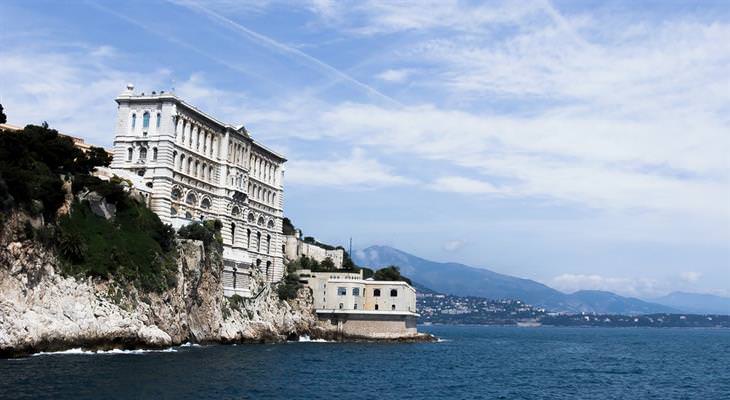
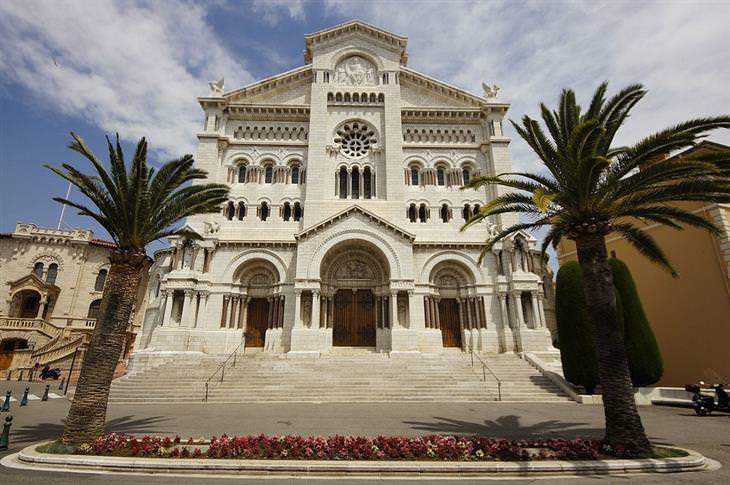
Each Catholic state has its own national cathedral, and in Monaco it is St. Nicholas Cathedral, built in the 13th century. This is the burial place of the Grimaldi family, and during your visit to the Romanesque church, you’ll see impressive beauty and a peaceful atmosphere that will help you slow down and relax while you are awed by the white marble blocks from which the building is built.
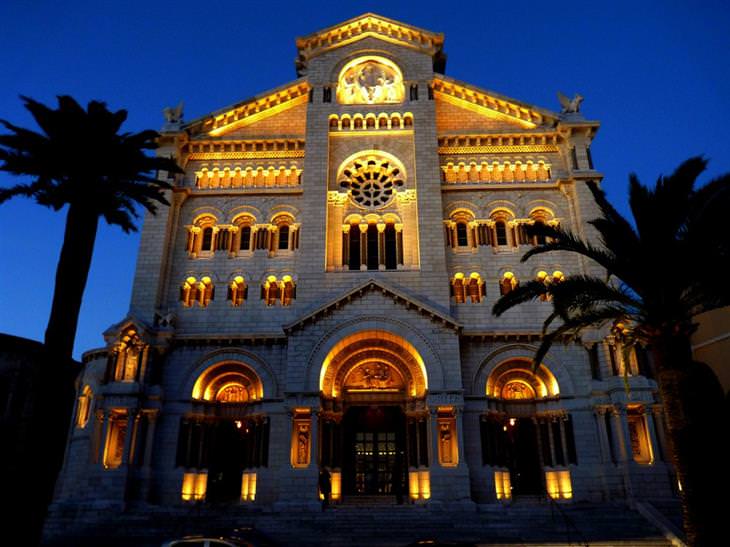
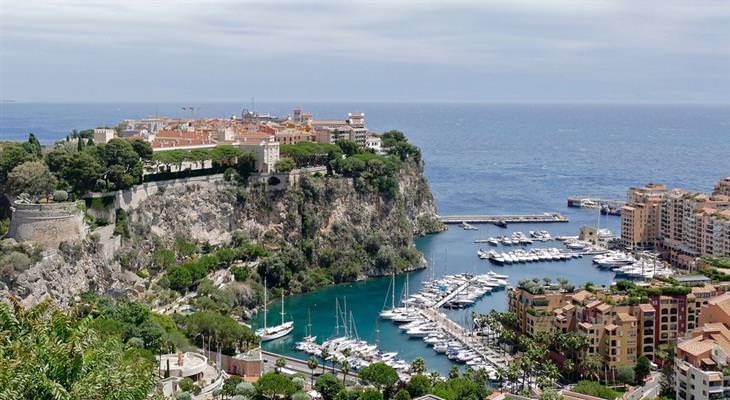
The port of Fontvieille is actually the "parking lot" of the rich and famous in Monaco, since only they can afford to pay thousands of dollars a day to dock their yacht there. Unlike the vast Monte Carlo Harbor, there are only 275 vessels of different sizes in the port of Fontvieille, but this is also impressive in comparison to what was in the same area 50 years ago - sand and rocks. The port is bordered by the village of Fontvieille, with the village's buildings standing right on the edge of the land above the water which provides a charming and unforgettable sight.
